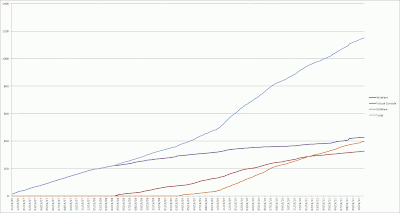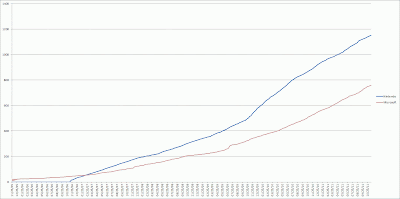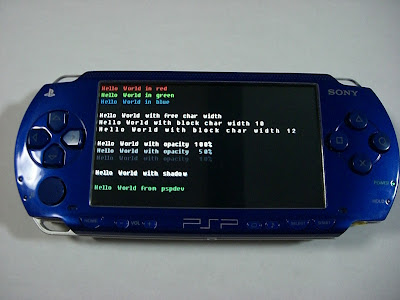I’m now convinced that Sony is determined to come up with the most sadistic way to store data possible, and see if people still buy it. It’s like they’ve created their own tech-centric version of Opus Dei that drives its followers to inflict suffering upon themselves in some futile chase to gain the approval of God.
Let’s look at Sony’s recent history of storage formats, shall we?
Start in 1975, with their Betamax casette. While a significant jump of quality over the competing VHS, Beta had two major drawbacks. The first was limited capacity, a logical expense for the tape’s higher resolution (roughly 50% greater than VHS). The second was much more detrimental–Sony’s jealous and suffocating guarding of the Betamax technology. Few outsiders were allowed licenses to produce the casettes and players/recorders, hindering the supply of releases and increasing the cost. Beta died a slow, lingering, and unsurprising death at the hands of the much more widely available VHS.
In 1992, Sony decided to take another swipe at a format completely under their control, and the MiniDisc hit the market, an attempt to combine the best attributes of magnetic and disc media. Sony again failed to open the technology to consumers, producing only a handful of MiniDisc read/write drives (not counting the MiniDisc players themselves, some of which could be used to write data to cartridges). While it was (sort of) a hit in Japan, MiniDisc failed to gain any traction in America or Europe.
Skip ahead another decade, and Sony’s introduction of the Universal Media Disc to coincide with its PSP system. While it had promise with its high capacity of 1.8GB, Sony again closed off avenues of production, amid piracy concerns. Intent on making a portable disc-based gaming system, they designed it with a very similar physical format to the MiniDisc, encasing the actual disc in protective plastic that turned out to be rather flimsy and unenduring. Once again, Sony’s attempt to stifle piracy failed, as it was relatively easy to use a PSP as a reader connected to a computer and directly rip images of games off the UMDs themselves.
Meanwhile, the Memory Stick was pushed to market in 1998, for use in Sony’s digital cameras and the (late) Clié PDA. While a formidable technology in terms of performance, once again Sony stifled production in the name of control and the Memory Stick was limited almost entirely to use in Sony’s products alone.
The company managed to change their fortunes with the breakout Blu-ray technology. Designed as a successor to DVDs, Blu-ray competed directly with the lower-capacity, but cheaper, HD DVD. This time, Sony did not fully control the format, working to design and implement it with over a dozen major manufacturers to give it a boost in market penetration. Beyond high-definition movies and mass storage, however, Blu-ray has seen little innovation.
Now Sony is preparing to paint themselves into a new corner with the looming Vita. The new handheld will make use of a proprietary memory format and a new storage format for the games themselves. Sony has already ommented that memory use will be highly compartmentalized–games that run on internal memory will not have access to external memory, and vice versa. Furthermore, the use of yet another controlled format will only drive the market up–it has already been announced that 32GB will cost $120, as opposed to a same-capacity microSD card which costs a third that; for a more fair comparison, look at 32GB Memory Stick Pro Duos, which are in the $80-90 range. This is not going to persuade many people to buy memory at such a high cost. Sony’s fear of piracy is understandable, but they could have saved consumers, and themselves, untold costs if they had simply went with an established memory format instead of designing and implementing their own. We have yet to see how this one holds up, but I’m not holding my breath.











